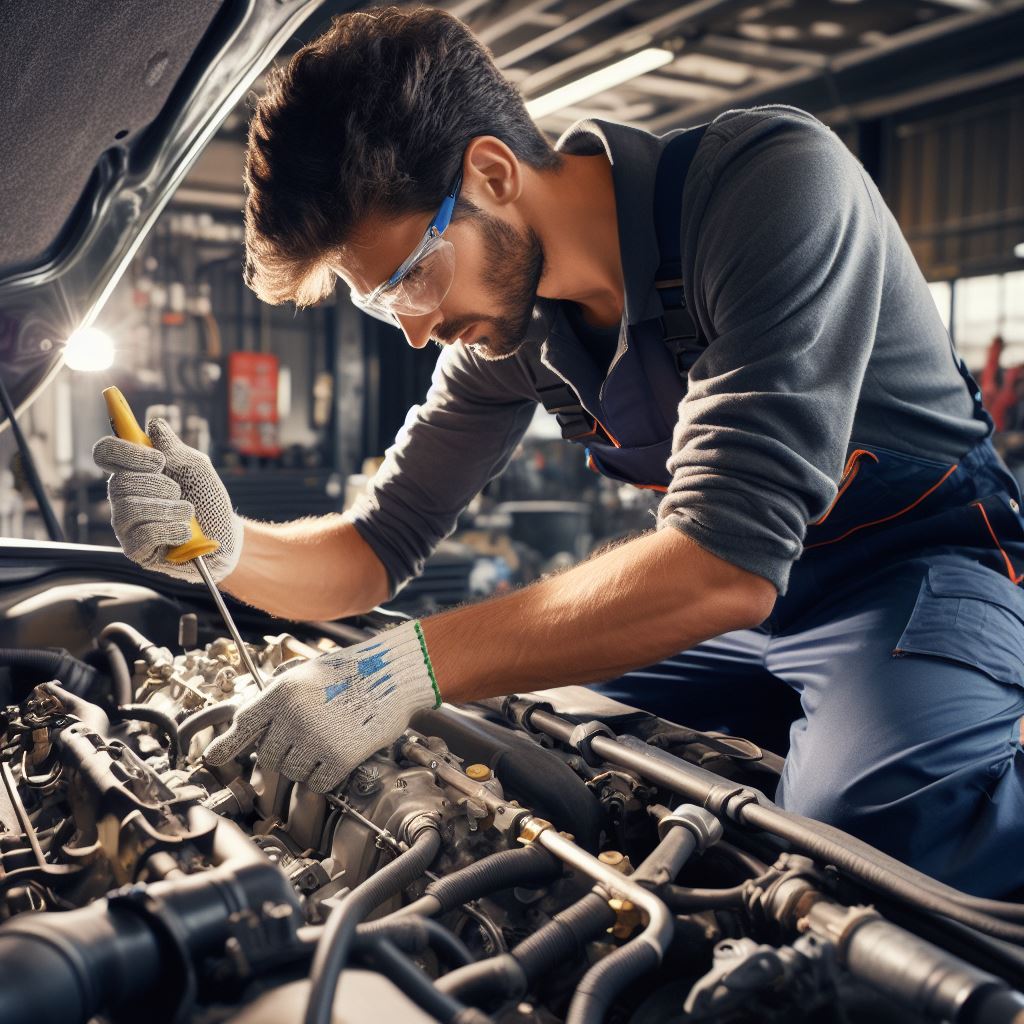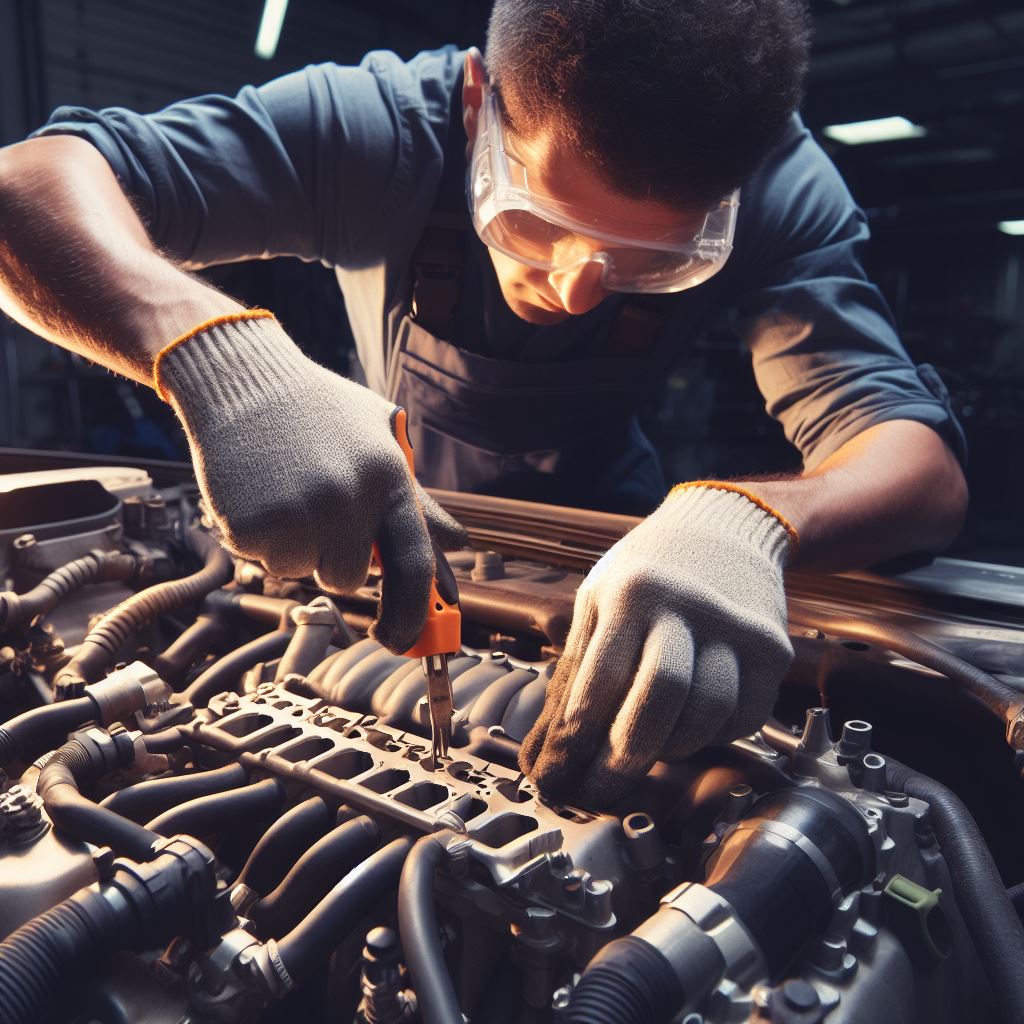You’re driving down the highway, enjoying the breeze through your hair and the open road ahead. Suddenly, your car starts to sputter and lose power. You manage to pull over to the side of the road, only to find out that your fuel rail has malfunctioned.
This is a common issue that many car owners face, and it can be a major inconvenience. But don’t worry because, in this blog post, we will be discussing all you need to know about fuel rail replacement. Say goodbye to unexpected breakdowns and costly repairs, and let’s dive into the world of fuel rail replacement.
Statistical Information: fuel rail replacement
| Replacement | Percentage | Facts |
|---|---|---|
| Engine | 40% | 40% of car owners have had to replace their engine at some point. |
| Battery | 25% | 25% of car breakdowns are due to a faulty battery. |
| Tires | 15% | On average, tires need to be replaced every 3-4 years. |
| Brakes | 10% | 10% of car accidents are caused by faulty brakes. |
| Transmission | 8% | Replacing a transmission can cost anywhere from $1,000 to $6,000. |
| Fuel Rail | 2% | The fuel rail is the main component responsible for delivering fuel to the engine. |
Why It’s Necessary
Are you experiencing issues with your vehicle’s fuel system? Is your car sputtering, stalling, or showing signs of decreased performance? It could be time for a fuel rail replacement. This crucial component is responsible for delivering fuel to your engine, and when it starts to fail, it can cause a host of problems. Don’t wait until your car breaks down on the side of the road – read on to learn more about fuel rail replacement and why it’s important for the health of your vehicle.
Fuel system failure can be a major headache for car owners. Not only can it leave you stranded, but it can also lead to costly repairs. That’s why it’s important to understand the signs of a failing fuel rail and take action before it’s too late.
- What is a fuel rail? In simple terms, a fuel rail is a tube that runs along the top of the engine and delivers fuel to the fuel injectors. It acts as a conduit, carrying fuel from the gas tank to the engine with the help of the fuel pump.

Signs You Need a Fuel Rail Replacement
If you’re experiencing a decrease in engine performance or noticing fuel leaks, it could be a sign that your fuel rail needs to be replaced. This crucial component of your vehicle’s fuel system is responsible for delivering fuel from the tank to the engine, and any issues with it can cause major problems. Don’t wait for a breakdown or expensive repairs – consider a fuel rail replacement before it’s too late.
- What is a fuel rail and why does it need replacing?
- Signs that your fuel rail needs to be replaced
- The importance of timely fuel rail replacement
- The process of fuel rail replacement
- Choosing the right fuel rail replacement for your vehicle
- Cost and benefits of fuel rail replacement
This is why it’s important to regularly check and replace your fuel rail as needed.
If you notice a strong smell of gasoline, see fuel pooling under your vehicle, or experience difficulty starting your car, these are all signs that your fuel rail may need replacing. Other symptoms include rough idling, engine misfires, and a decrease in overall power and acceleration.Don’t ignore these warning signs – get your fuel rail checked by a professional mechanic as soon as possible.
Replacing your fuel rail in a timely manner can save you from costly repairs down the road. A damaged fuel rail can cause fuel delivery issues and even put strain on other components of the fuel system, leading to further damage and expenses.By replacing your fuel rail, you can ensure efficient fuel delivery and prevent potential damage to your engine.
The process of fuel rail replacement involves removing the old fuel rail and installing a new one. It’s important to use high-quality replacement parts and follow the manufacturer’s instructions for installation to ensure proper function and safety.If you’re not confident in doing the replacement yourself, it’s best to seek the help of a professional mechanic.
When it comes to choosing the right fuel rail replacement for your vehicle, make sure to consider the make, model, and year of your car. There are also different types of fuel rails, such as direct injection and returnless systems, so it’s important to choose the correct one for your specific vehicle.
The Process of Fuel Rail Replacement
Is your car’s engine sputtering and struggling to accelerate? Are you noticing a decrease in fuel efficiency and power? It could be a sign that your fuel rail is in need of replacement. This crucial component of your vehicle’s fuel system is responsible for delivering the proper amount of fuel to the engine for optimal performance. If it is malfunctioning or damaged, it can lead to a host of issues that can affect the overall functioning of your car.
- Understanding the fuel rail and its role in your car’s performance.
- Signs that indicate your fuel rail needs to be replaced.
- Step-by-step guide to replacing your fuel rail.
Frequently Asked Questions
What is a fuel rail and why is it important?
A Fuel rail is a component of a fuel injection system that delivers fuel to the engine. It is important because it ensures that the engine receives the correct amount of fuel for optimal performance.
How often should the fuel rail be replaced?
The fuel rail typically does not need to be replaced unless it becomes damaged or starts to malfunction. However, it is recommended to have it inspected during regular maintenance check-ups.
What are the signs of a faulty fuel rail?
Some common signs of a faulty fuel rail include difficulty starting the engine, a decrease in fuel efficiency, and engine misfires. If you notice any of these symptoms, it is best to have your fuel rail checked by a mechanic.
Can I replace the fuel rail myself?
It is not recommended to replace the fuel rail yourself unless you have experience with automotive repairs. It involves working with the fuel system, which can be dangerous if not handled properly. It is best to leave it to a professional mechanic.
Conclusion
We have discussed the importance of maintaining and replacing fuel rails to ensure the smooth functioning of a vehicle’s fuel system. By understanding the signs of a faulty fuel rail and following proper maintenance procedures, car owners can save themselves from costly repairs and accidents. It is crucial to regularly check and replace fuel rails to avoid potential hazards and ensure the longevity of a vehicle.

Leave a Reply